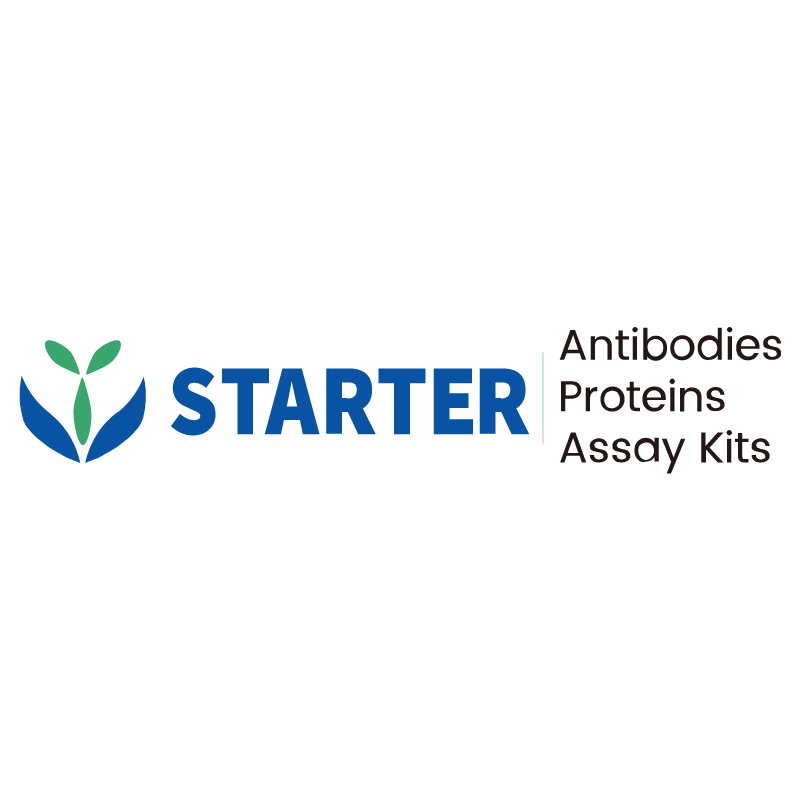Flow cytometric analysis of K562 (Human chronic myelogenous leukemia lymphoblast, left) / Jurkat (Human T cell leukemia T lymphocyte, right) labelling Fas/CD95 antibody at 1/500 dilution (0.1 μg) / (Red) compared with a Rabbit monoclonal IgG (Black) isotype control and an unlabelled control (cells without incubation with primary antibody and secondary antibody) (Blue). Goat Anti - Rabbit IgG Alexa Fluor® 488 was used as the secondary antibody.
Negative control: K562
Product Details
Product Details
Product Specification
| Host | Rabbit |
| Antigen | Fas/CD95 |
| Synonyms | Tumor necrosis factor receptor superfamily member 6; Apo-1 antigen; Apoptosis-mediating surface antigen FAS; FASLG receptor; APT1; FAS1; TNFRSF6 |
| Immunogen | Recombinant Protein |
| Location | Cell membrane |
| Accession | P25445 |
| Clone Number | S-1468-66 |
| Antibody Type | Recombinant mAb |
| Isotype | IgG |
| Application | FCM |
| Reactivity | Hu |
| Positive Sample | K562 |
| Purification | Protein A |
| Concentration | 0.5 mg/ml |
| Conjugation | Unconjugated |
| Physical Appearance | Liquid |
| Storage Buffer | PBS, 40% Glycerol, 0.05% BSA, 0.03% Proclin 300 |
| Stability & Storage | 12 months from date of receipt / reconstitution, -20 °C as supplied |
Dilution
| application | dilution | species |
| FCM | 1:500 | Hu |
Background
CD95, also known as Fas or Apo-1, is a type I transmembrane protein that plays a critical role in the immune system. It is a member of the tumor necrosis factor receptor (TNFR) superfamily and is expressed on various cell types, including T and B lymphocytes, thymocytes, and some non-lymphoid tissues. It binds to its ligand, CD95L (FasL), which is a type II transmembrane protein primarily expressed on activated T cells and natural killer (NK) cells. The interaction between CD95 and CD95L can induce apoptosis, which is crucial for the elimination of infected or transformed cells and for maintaining tissue homeostasis. This interaction leads to the formation of the death-inducing signaling complex (DISC), which activates caspases and ultimately results in cell death. While CD95 is known for its pro-apoptotic function, it can also transmit non-apoptotic signals that promote inflammation and carcinogenesis. The receptor can switch from an apoptotic function to an inflammatory role, depending on the cellular context and signaling pathways activated.
Picture
Picture
FC


